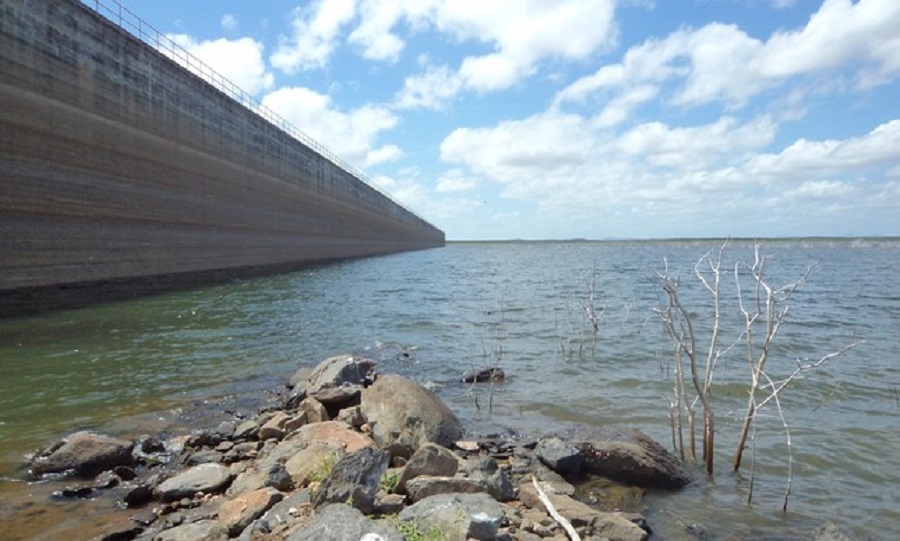RIO DE JANEIRO, BRAZIL – The drought in Brazil has caused the Ilha Solteira hydroelectric plant, the largest in the state of São Paulo, to reach the reservoir low dead volume on Wednesday, September 15. On the National Electric System Operator (ONS) website it is reported that the reservoir has reached “0%.”
But both the ONS and CTG Brasil, the company currently responsible for Ilha Solteira’s operation, claim that the reservoir is still operating, as it sits 322.94 meters above sea level – any position below 323 meters, at this plant, is considered a dead volume.
The company and the ONS claim that the plant will be able to operate until it reaches the minimum level foreseen in the project, which is 314 meters above sea level.

Thus, despite the scenario, the plant is still generating energy and is neither deactivated nor empty.
Experts estimate that Brazil is at risk of blackouts and electricity rationing if the drought persists and the hydroelectric plant reservoirs drop to critical levels, insufficient to meet the demand from companies and households.
ONS’ former director general Luiz Eduardo Barata Ferreira says the situation is “critical, although not desperate” because the reservoir stood at 35.52% of useful volume a month ago, or 324.88 meters above sea level. Three months ago, the plant’s reservoir stood at 325.49 meters above sea level.
“The minimum level (314 meters) should not be reached, because ONS should operate other plants on the Grande and Paranaíba rivers to release water and prevent further drops in the level of Ilha Solteira,” Barata Ferreira said in reference to the flow control of hydroelectric plants in the Grande and Paranaíba river basins.
THE SITUATION
The Ilha Solteira plant accounts for 1.81% of the energy generated in the Southeast and Midwest reservoirs. Barata Ferreira is urging the federal government and electricity sector authorities to step up their efforts. “Unfortunately, the crisis is not being resolved with the required transparency and celerity,” he criticized.
The emptying of the Ilha Solteira reservoir has led to the suspension of cargo transportation on the Tietê-Paraná waterway.
In a statement, CTG Brasil claims that it is complying with ONS determinations, according to procedures approved by the National Agency of Hydroelectric Energy (ANEEL).
“Due to the water crisis in the country, CTG Brasil has been fully complying with the determinations received, strictly complying with the legislation, procedures and rules of the Brazilian electricity sector, as well as the Operation Policy defined by ONS for hydroelectric plants under its concession grant, and cooperating with ONS and other institutions,” it said in a statement.
ONS says that the “0%” mark of the Ilha Solteira reservoir refers to the useful volume for maintaining the 323-meter level that would still allow the operation of the Tietê-Paraná waterway.
“The 0% figure recorded today on the ONS website means that the water volume has now reached the minimum quota for using the waterway, but this does not mean that the plant’s reservoir is empty. If we consider the minimum level of the project, whose quota is 314 meters, the reservoir is at 56.72% of its storage,” ONS claims.

